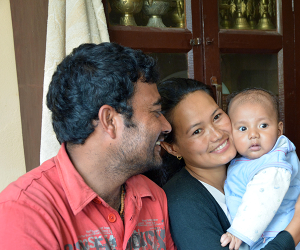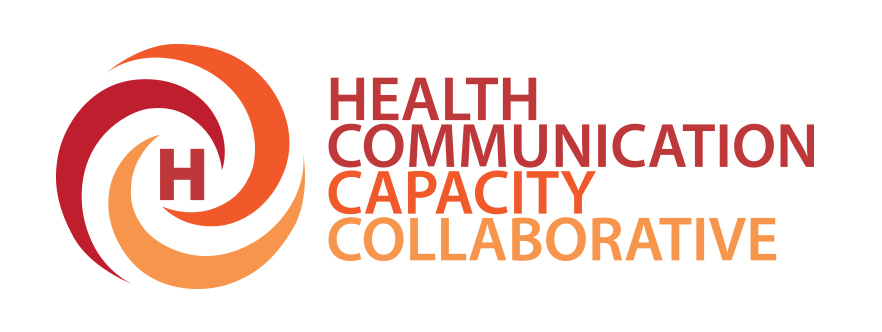Segment the Audiences

© 2013 Valerie Caldas/ Johns Hopkins University Center for Communication Programs, Courtesy of Photoshare
Segmentation is the process of identifying groups of people who share similar interests and needs relative to the behavior you want to change. Sharing common characteristics makes the group members more likely to respond similarly to the SBCC activities. Segmenting allows for targeted use of limited resources. Segmenting allows you to focus on the groups that can create the most change. It also helps ensure that you choose activities that are the most effective and appropriate for specific audiences and helps you develop customized messages and materials. The first step in audience segmentation answers the question, “Whose behavior must change in order to change the health situation?” The answer should be found in the key findings collected from the situation analysis.
Primary audiences are the key people to reach with messages. These may be the people who are directly affected and who you want to practice the desired behavior. Or they may be the people who make decisions for those who would benefit from the behavior. Primary audiences can be further segmented into sub-audiences. For breastfeeding, pregnant women and mothers of children under 2 years old are likely to be a primary audience.
Influencing audiences are people who can impact or guide behaviors of the primary audience. Influencing audiences can include family members and people in the community. They include people who shape social norms, influence policies, or affect how people think about the behavior. It is crucial to prioritize influencing audiences by how much they are likely to be able to impact change. For example, male partners are likely an influencing audience, but the level of influence (low, moderate, strong) may depend on country context or the behavior you want to change. Stakeholders should help prioritize influencing audiences. A table like the one below can be helpful.
Table 3. Sample prioritization of influencing audiences based on situation analysis findings
| Primary Audience Influenced | Estimated Power of Influence (Low, Moderate, Strong) | Current Attitude Towards Optimal Breastfeeding Practices | |
| Influencing Audience 1: Paternal Grandmothers (mothers-in-law) | Mothers with children under 2 years of age/mothers-to-be | Strong | Supports nutrition for breastfeeding mothers on breastfeeding but also advises pre-lacteal feed and early supplemental feeding. Helps relieve workload |
| Influencing Audience 2: Husbands/Partners | Mothers with children under 2 years of age | Moderate | Supports breastfeeding for a few months only |
Develop Audience Profiles
Audience profiles are key in an SBCC strategy. Audience profiles help bring to life each audience segment. This helps guide messaging and activity planning. The profile should show the characteristics of the audience. It should tell the story of an imagined person who is typical of the intended audience. Basing decisions on what could be a real person allows for better-defined and better-focused communication strategies. Consider that:
- The profile helps ensure the messages are tailored to members of this audience segment.
- If messages are tailored correctly, the key audiences will see themselves in the messages.
- Seeing themselves in the messages helps motivate them to take action.
Develop audience profiles for each audience segment using the information collected in the situation analysis. The profile typically starts with information such as age, income level, religion, sex, and where the person lives. It then adds details on current behaviors, motivation, emotions, values, and attitudes. The profile should mention the primary barriers to the desired behavior faced by the audience segment. (For example, the profile for a working mother of a 4-month old could indicate that her heavy workload in and outside of the home interferes with her ability to breastfeed exclusively.)
The profile can include a name and photo that represents this person. This helps staff see who this person is and understand his or her story. It is important to keep in mind that:
- No two audience profiles look the same since the characteristics and behavior change factors vary for each audience segment;
- The best profiles use qualitative research as a source; and
- Profiles are living documents that should be updated when new information becomes available.
If the information gathered in the situation analysis lacks detail on any audience segments, conduct additional research to address the gaps. For example, for all health provider audiences, it may be especially important to research provider attitudes and other factors that drive their behavior (such as policies, training, supervision, or resources). Use this information to better inform the audience profile and the strategy.
Illustrative Example: Choose Intended Audiences

